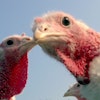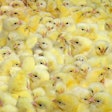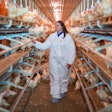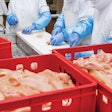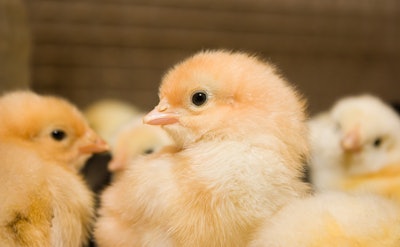
New platform technology uses artificial intelligence (AI), high speed vision cameras and microfluidics to speed vaccination and chick sexing in the hatchery.
“Everybody’s talking about AI and data and what it all means and what it can bring,” Ramin Karimpour, TARGAN founder and CEO, explained at the 2023 Poultry Tech Summit.
AI serves as the precursor to other innovations to “help improve and address quite a few problems within the industry,” he added.
The platform technology harnesses AI to move chicks along a conveyer belt as they receive vaccinations and are sorted by sex. It could help improve vaccine take, enhance food efficiency, drive house uniformity and alleviate labor constraints.
The technology uses trainable parameters to collect data and improve, which means that as more chicks that go through the process, it will become faster and more accurate.
Benefits of chick sexing automation
Broiler chick sexing in the hatchery is currently a labor-intensive process, however separating birds by sex has several benefits. These include a lower feed conversion ratio (FCR) when males and females are grown separately, improvements to processing efficiency and yield due to greater uniformity and a reduction of injuries and mortality due to fighting.
“There are a lot of labor issues” in the industry that technology could help alleviate, said Karimpour.
Automating chick sexing through high-speed imaging and AI could help enhance productivity at the hatchery.
More efficient chick vaccinations
A high throughput automated vaccine delivery system could ensure that chicks are vaccinated against coccidiosis, infectious bronchitis and Newcastle disease on the day of hatch, resulting in birds with better immunity against disease without the need for antibiotics or chemicals.
The precision technology platform can humanely deliver microdoses of vaccines to the eyes of day-old chicks at a rate of 100,000 chicks per hour with over 97% accuracy, Karimpour said.


